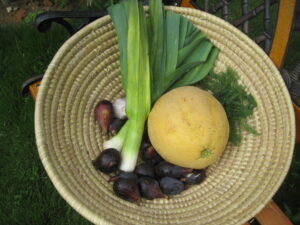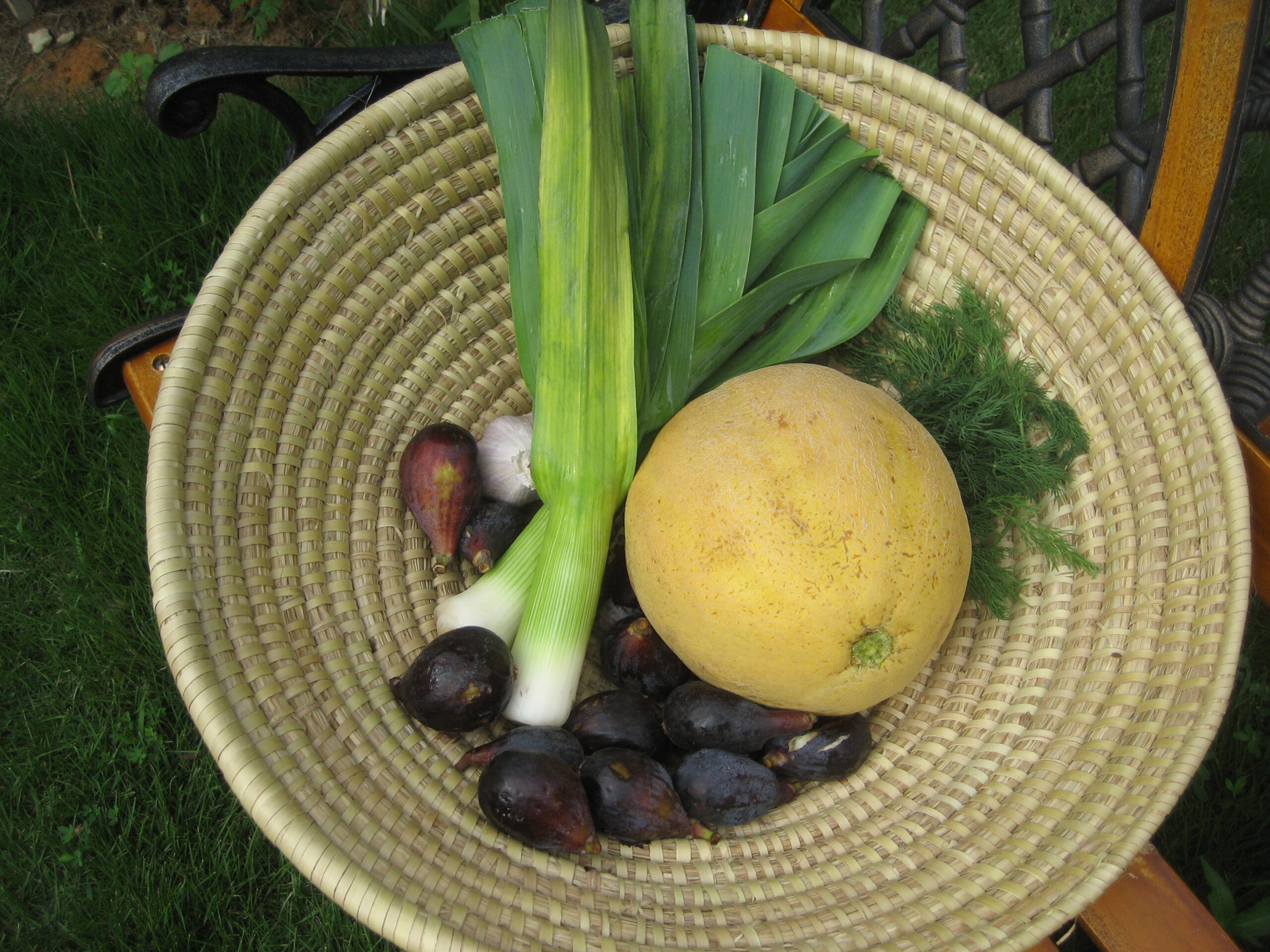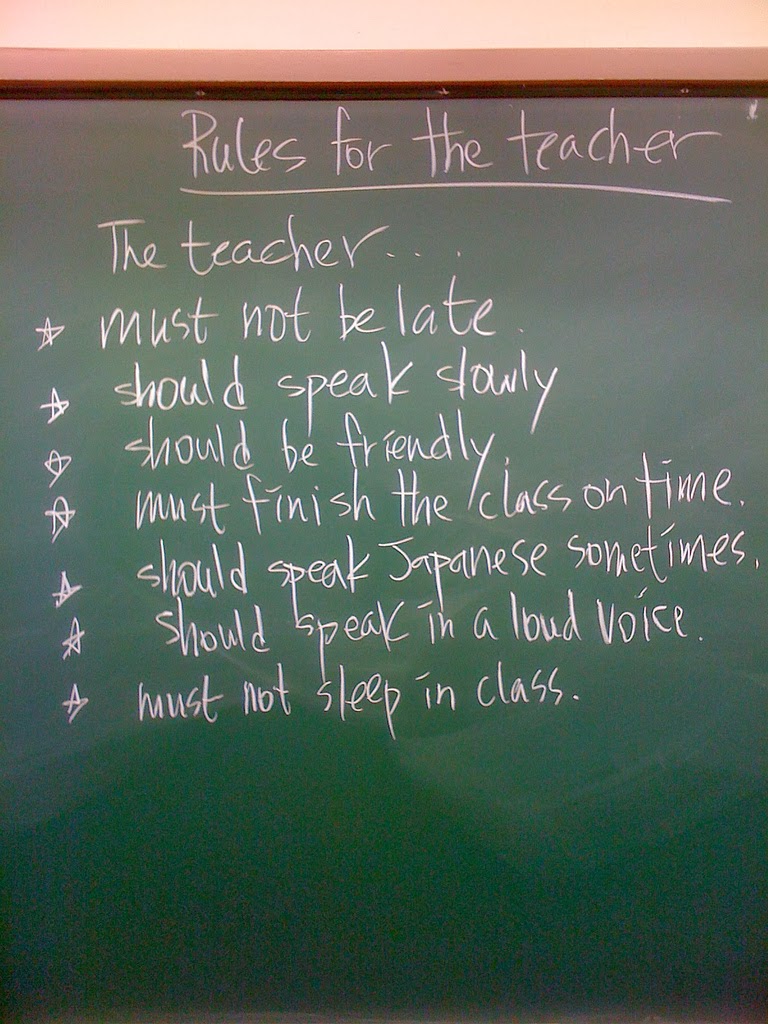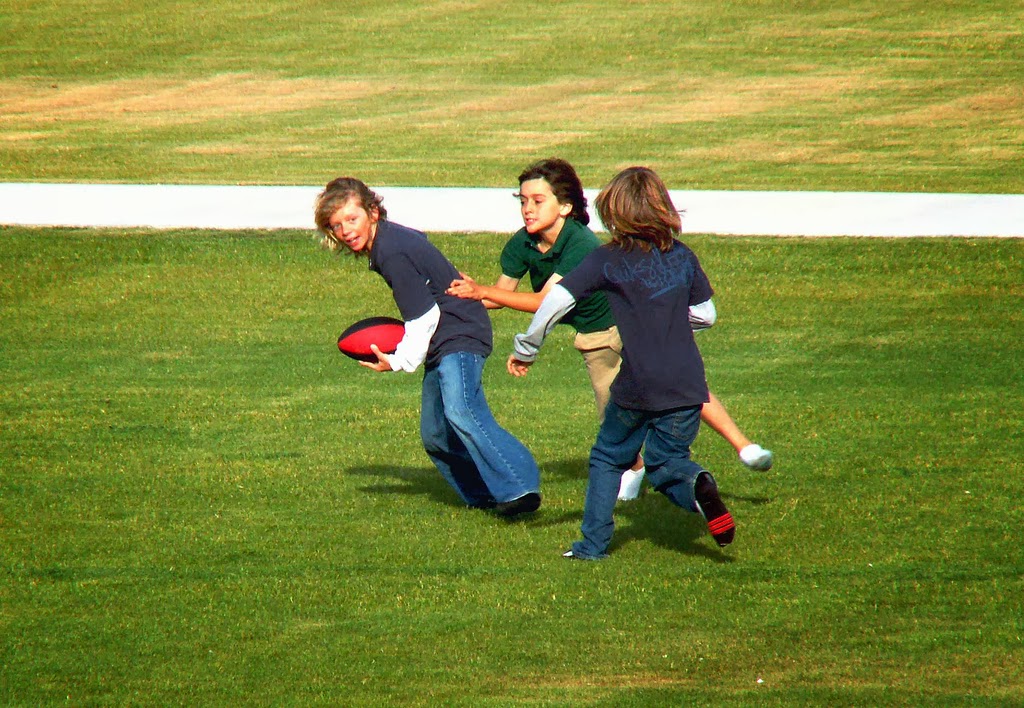 In our teacher training workshops, we strongly encourage participants to include as many of a child’s senses in a lesson as possible. Doing so can help make the lesson more memorable. Often though, volunteers struggle with adding smell and taste to the mix. Introducing students to foods eaten during Bible times is a great way to add both of those senses to your lesson.
In our teacher training workshops, we strongly encourage participants to include as many of a child’s senses in a lesson as possible. Doing so can help make the lesson more memorable. Often though, volunteers struggle with adding smell and taste to the mix. Introducing students to foods eaten during Bible times is a great way to add both of those senses to your lesson.
People sometimes hesitate to add foods because of the time most Bible classes meet. Often children are in class just minutes before their family eats lunch or immediately after dinner. The important thing to remember is that a student doesn’t need to eat a full serving of something to add taste and smell to the learning mix. A taste or two will have the same results.
Before giving food to your students there are two crucial things to remember:
- Make sure you have followed all food safety guidelines. If the food you are serving must be cooked, make sure it has been cooked, stored and transported at safe temperatures. You can make your students extremely ill if you give them cooked food that has been sitting out for the three hours it took you to get to church and finish services. This government website has any information you might want on the topic of food safety.
- Be aware of potential student allergies. Older students probably know their allergies and have been trained how to take care of themselves. For younger children, you may want to get parents to complete a form listing their child’s allergies or inform them what you will be serving and ask if their child may have allergy issues. Be prepared to provide the ingredients panel from prepared foods or recipe ingredients if you have cooked the recipe yourself. Peanuts were not used in Bible times for food, but it’s wise to avoid most nuts as some children with severe peanut allergies can have a reaction from just touching the offending food.
Clearing those two hurdles, means you are ready to get creative and have some fun with your students. Here are some of my favorite ways to incorporate food in Bible classes:
- Is a specific food mentioned in the Bible story? In the story of Jacob and Esau for example, Jacob cooks a lentil stew that is so tempting, Esau sells his birthright for a taste. Make a lentil stew authentic to the time period and let kids have a taste.
- Are there foods used as part of an illustration in a parable or proverb? There are quite a few parables and proverbs involving growing things. Bring in produce or plant a Bible garden for students to experience the part of a farm to table culture illustrated in the scripture. If it’s a produce item new to them, let them have a taste.
- Does the Bible story take place in a market, at a meal, on a farm or vineyard or at the Temple? Maybe specific foods aren’t mentioned in the particular story, but what would someone experience in those places? We often forget about the Temple or Tabernacle and food. Did you know the priests often ate what was left of the meat or other foods that were sacrificed? Think about the smells. Sacrifices of cows and lambs probably smelled like someone grilling does today.
- Does the story contain an unusual food item? Don’t be afraid to order edible locusts from England and let the kids who want to try it, eat what John the Baptist ate. Even though we don’t know for sure what manna was, we do know the Bible describes what it tasted like. There are plenty of recipes for “manna” cookies online. Kids can at least get a rough idea of what it might be like to eat that for every meal for 40 years!
- Does the scripture compare something to an item of food? One of my favorites is to look at the verses talking about scripture as milk and/or honey and then serving vanilla ice cream with honey on top.
If you want more ideas, you can search online or I love the book Food At the Time of the Bible by Miriam Vamosh. It goes into great detail of not only foods, but also customs involving growing, buying, preparing and eating food during Bible times. It also includes some authentic recipes you can try.
You may be wondering about those cute food crafts or snacks one often sees at VBS. Personally, I think they make a cute snack for snack time, but they don’t necessarily add much educational value to a lesson or activity. Most of the ones I have seen are also high in sugar. They won’t hurt your students, but they won’t add as much value as using authentic food experiences to your lessons might.
So grab your recipes or shopping list and head to your local market. Adding food to your lessons from time to time can make them more meaningful and more memorable.
An affiliate link is included for your convenience.




